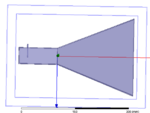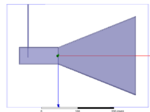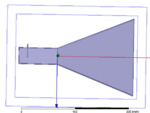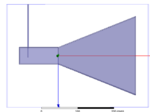Haziq Khan
Newbie level 5
I need help in determining the length of coax and portcap for pyramidal horn antenna.
I m using a SMA connector female 4 hole mount.
Inner diameter 1.3mm and outer diameter 4mm.
I m using HFSS.
I m using a SMA connector female 4 hole mount.
Inner diameter 1.3mm and outer diameter 4mm.
I m using HFSS.



